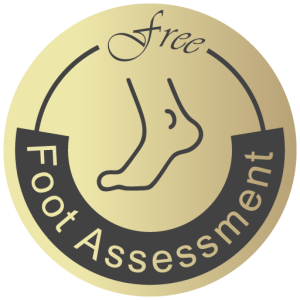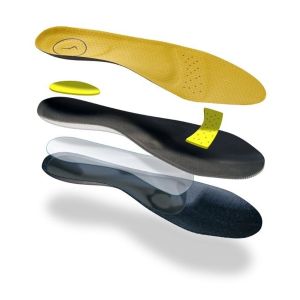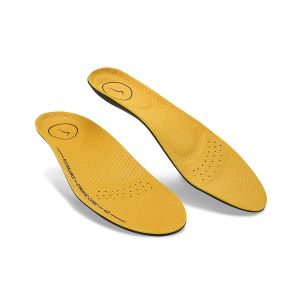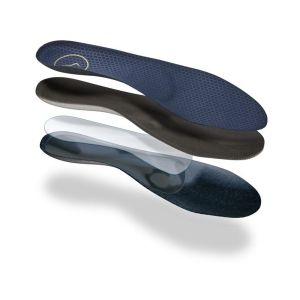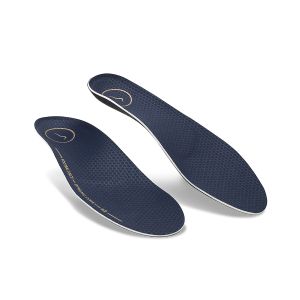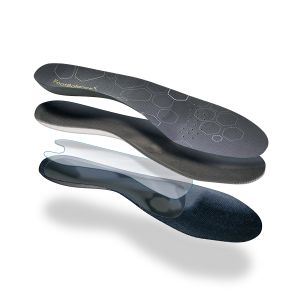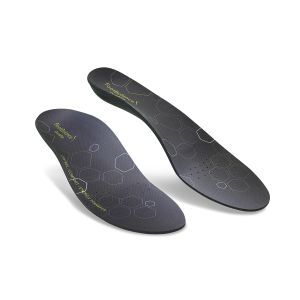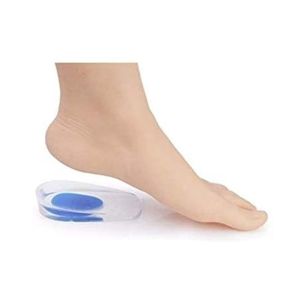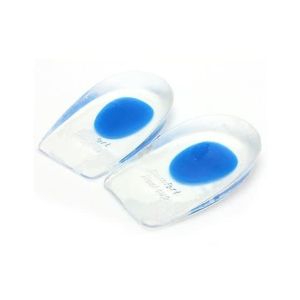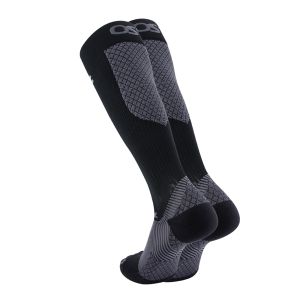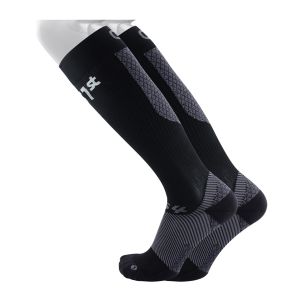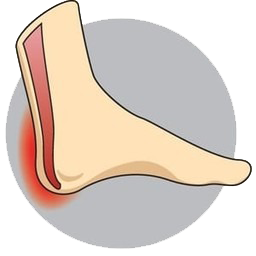 Achilles Tendonosis/Tendonitis is micro damage to the Achilles Tendon. The Achilles Tendon is the strongest tendon in the body, connecting the calf muscles to the heel bone behind the ankle joint.
Achilles Tendonosis/Tendonitis is micro damage to the Achilles Tendon. The Achilles Tendon is the strongest tendon in the body, connecting the calf muscles to the heel bone behind the ankle joint.
When the calf muscles contract, they pull on the Achilles Tendon, causing your foot to point down and helping you rise on your toes. Achilles pain occurs just above the back of the heel and often sufferers also experience tightness in the calf muscles. The Achilles Tendon in this area may be noticeably thickened and tender to the touch. Pain is present with walking, especially when pushing off on the toes.
Causes
Persistent strain on the Achilles tendons causes irritation and micro damage. In severe cases this strain may even cause the tendon to rupture! Chronic overuse (particularly in runners) may contribute to changes in the Achilles tendon as well, leading to degeneration and thickening of the tendon. Tight calf muscles also contribute to Achilles Tendonitis Tendinopathy. As we age, our tendons can degenerate, leading to weakness in the fibres of the tendon.
However, one of the most common cause of this condition is incorrect foot posture. As the feet roll inwards excessively (pronation), the lower leg is forced to rotate internally, putting a shearing force on the calf muscles. The calf muscles are connected to the Achilles tendon and with the Achilles being the weakest link in the chain’ the Achilles tendon is being over-stretched, resulting in irritation and micro damage.
Solutions
Wearing orthotics helps prevent faulty biomechanics. By wearing correct orthotics, the strain on the Achilles will be greatly reduced, giving the tendons a chance to heal. Plus, the orthotic will prevent the situation to worsen, thereby reducing the risk of a tendon rupture.
It is also very important to be given a strengthening programme.



